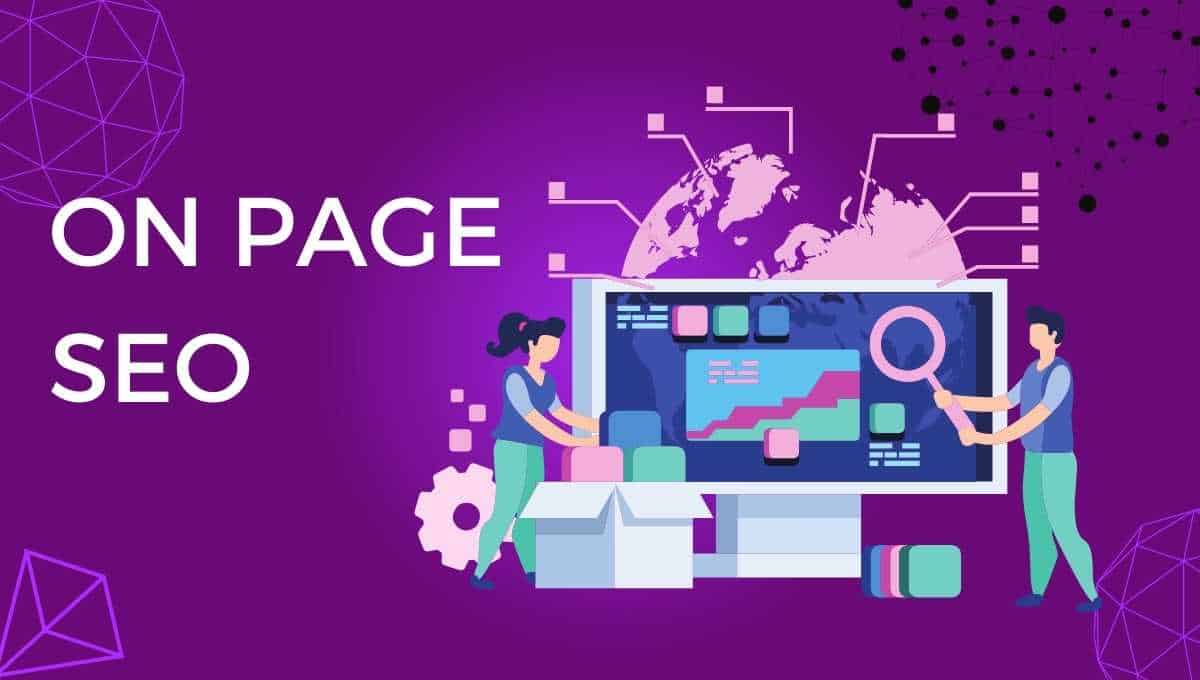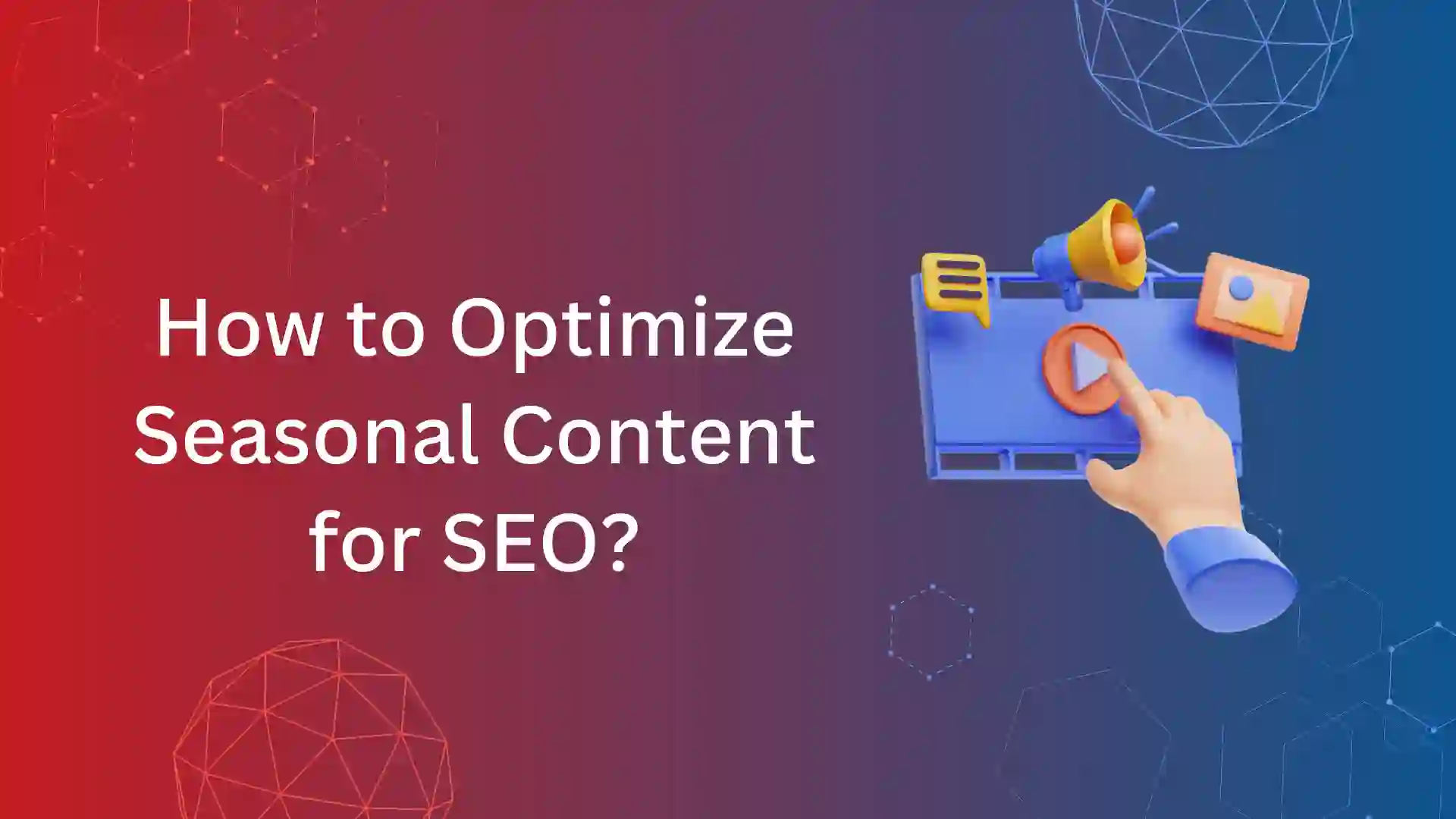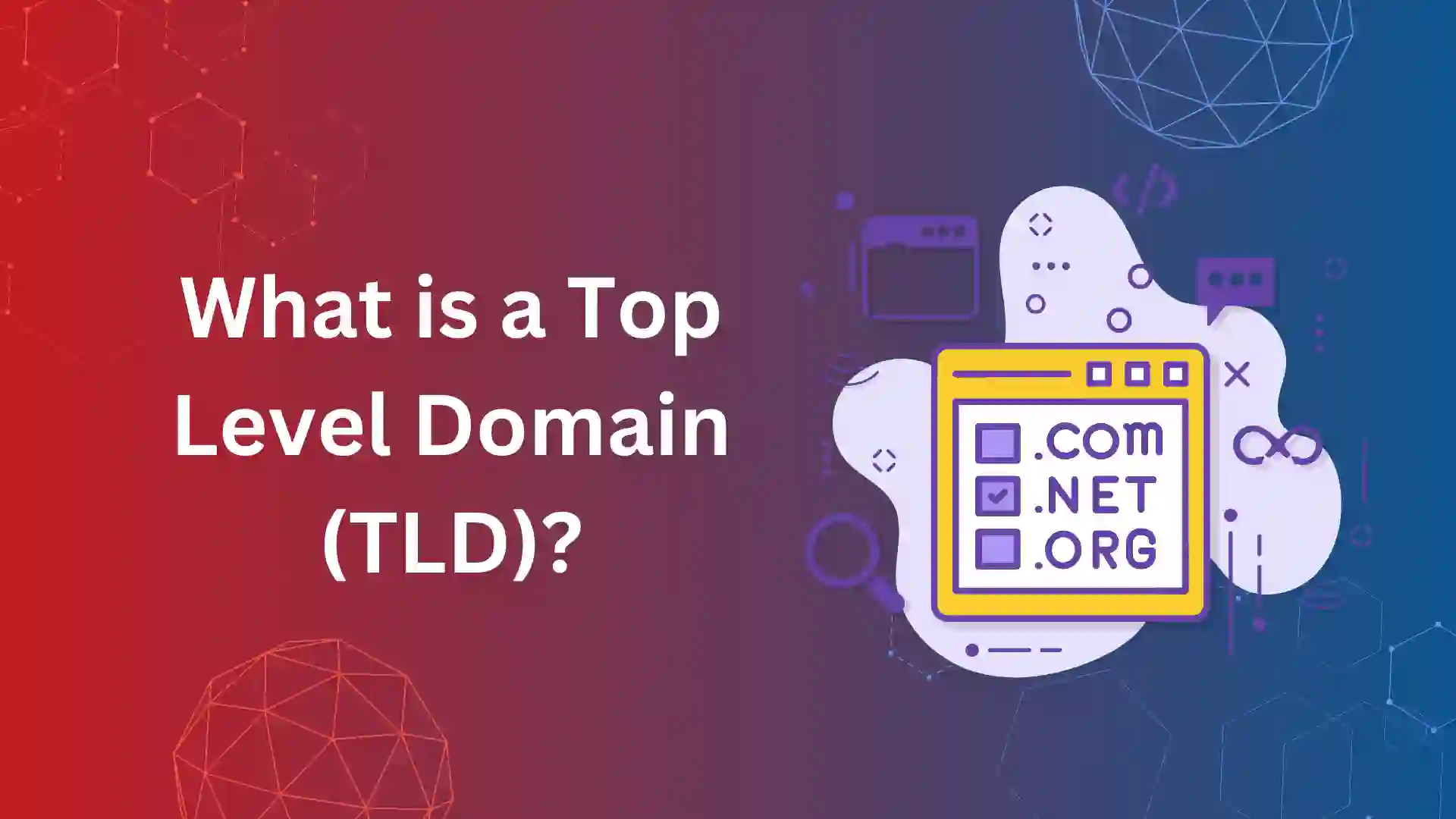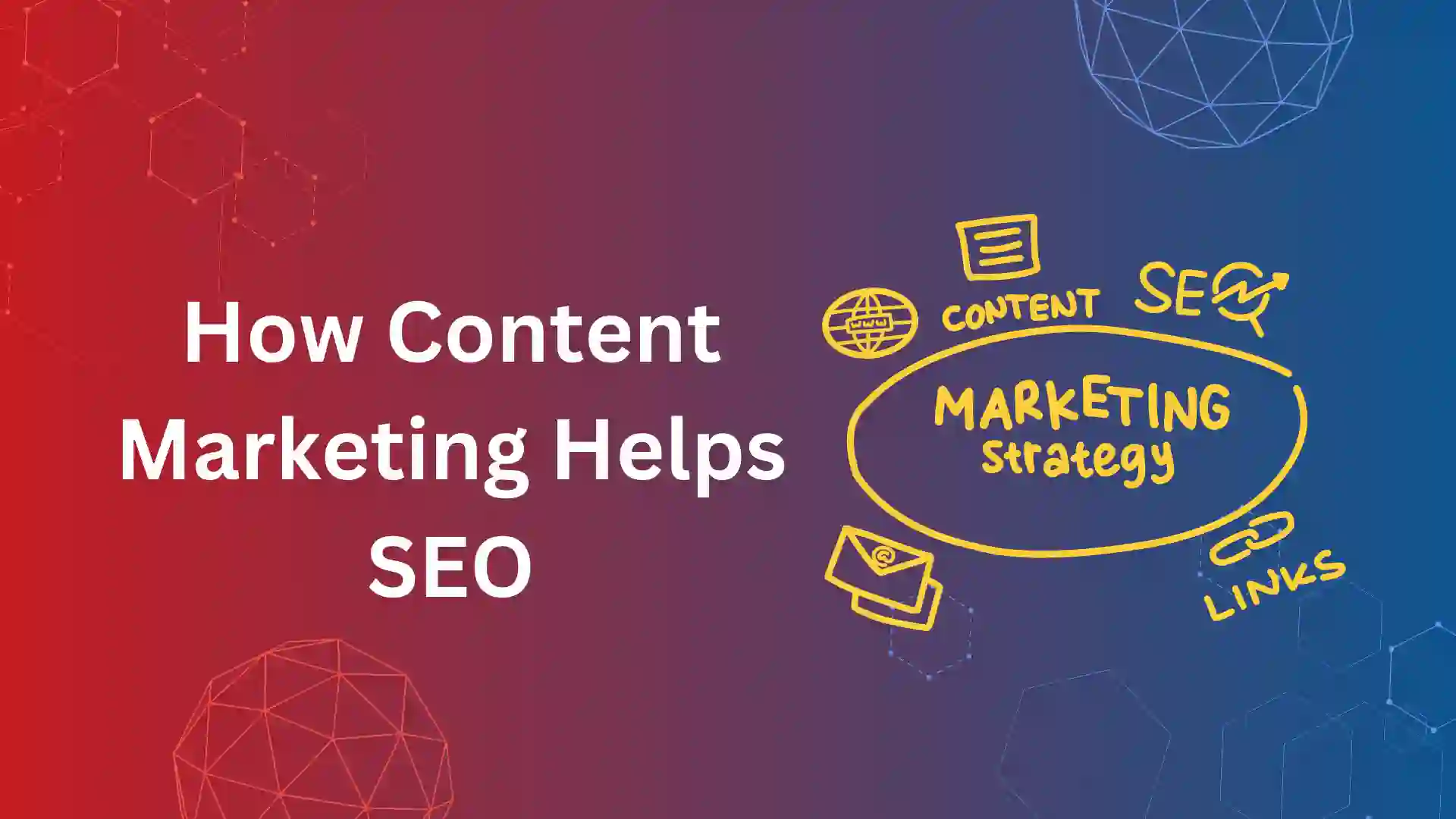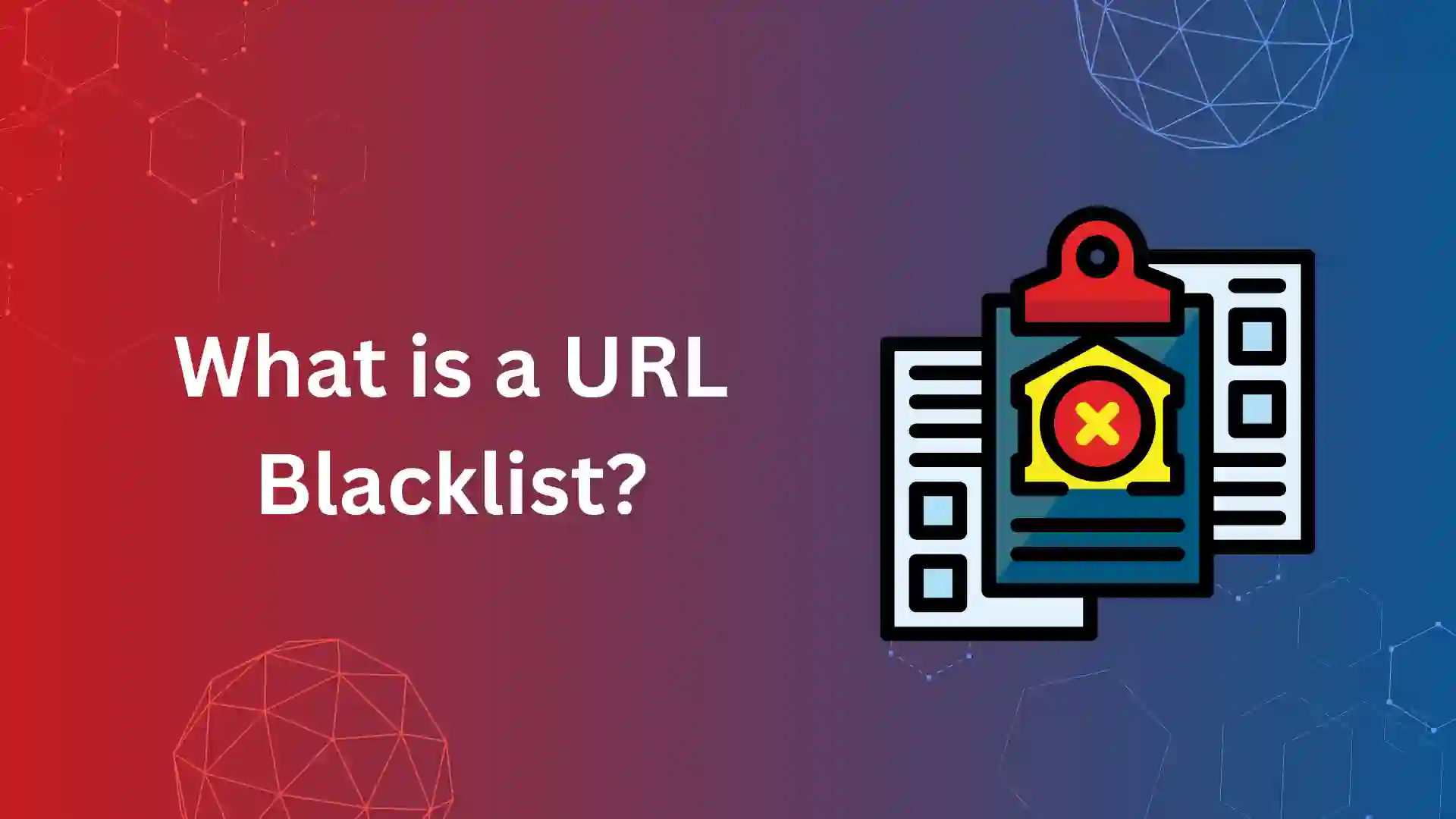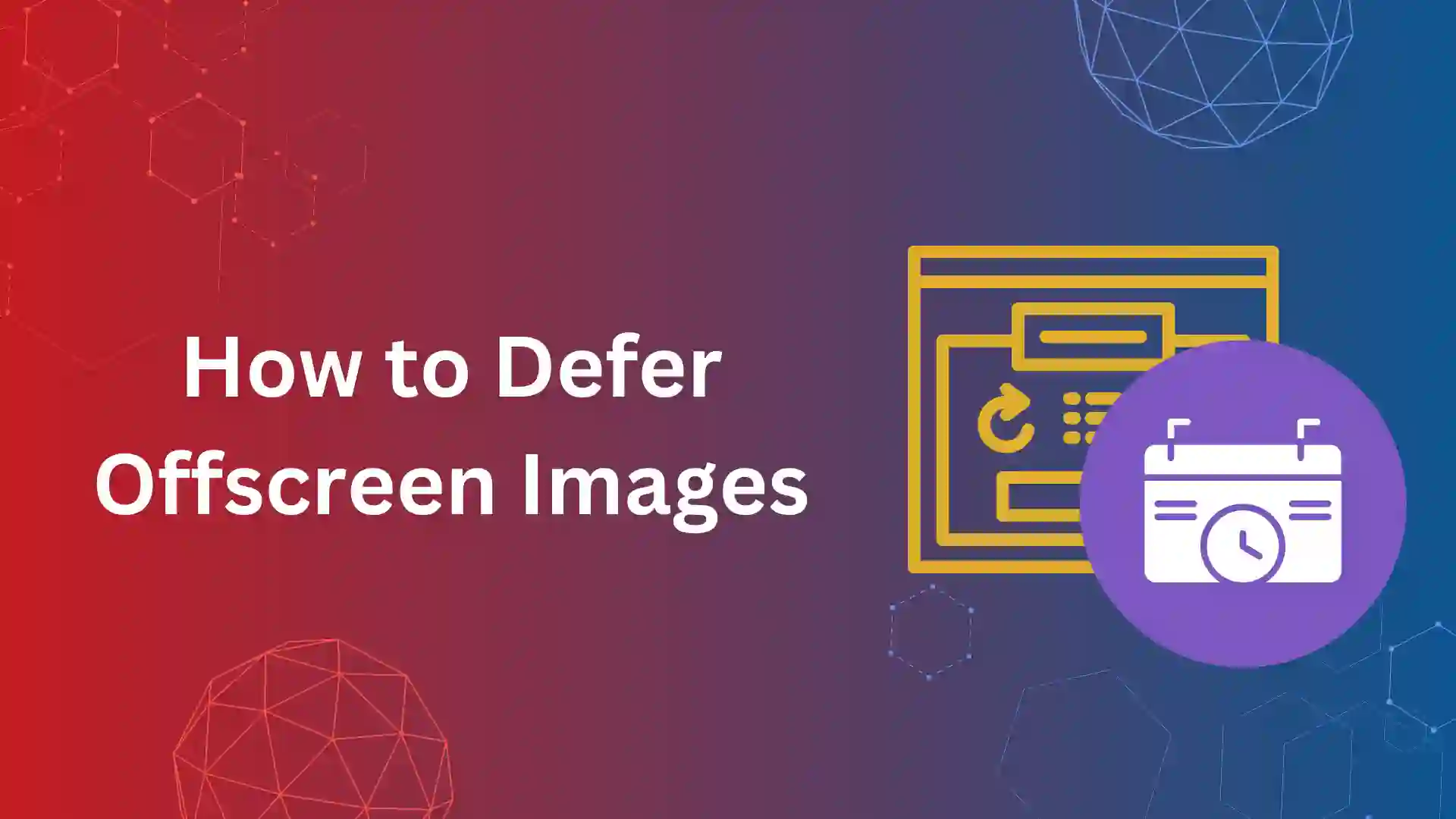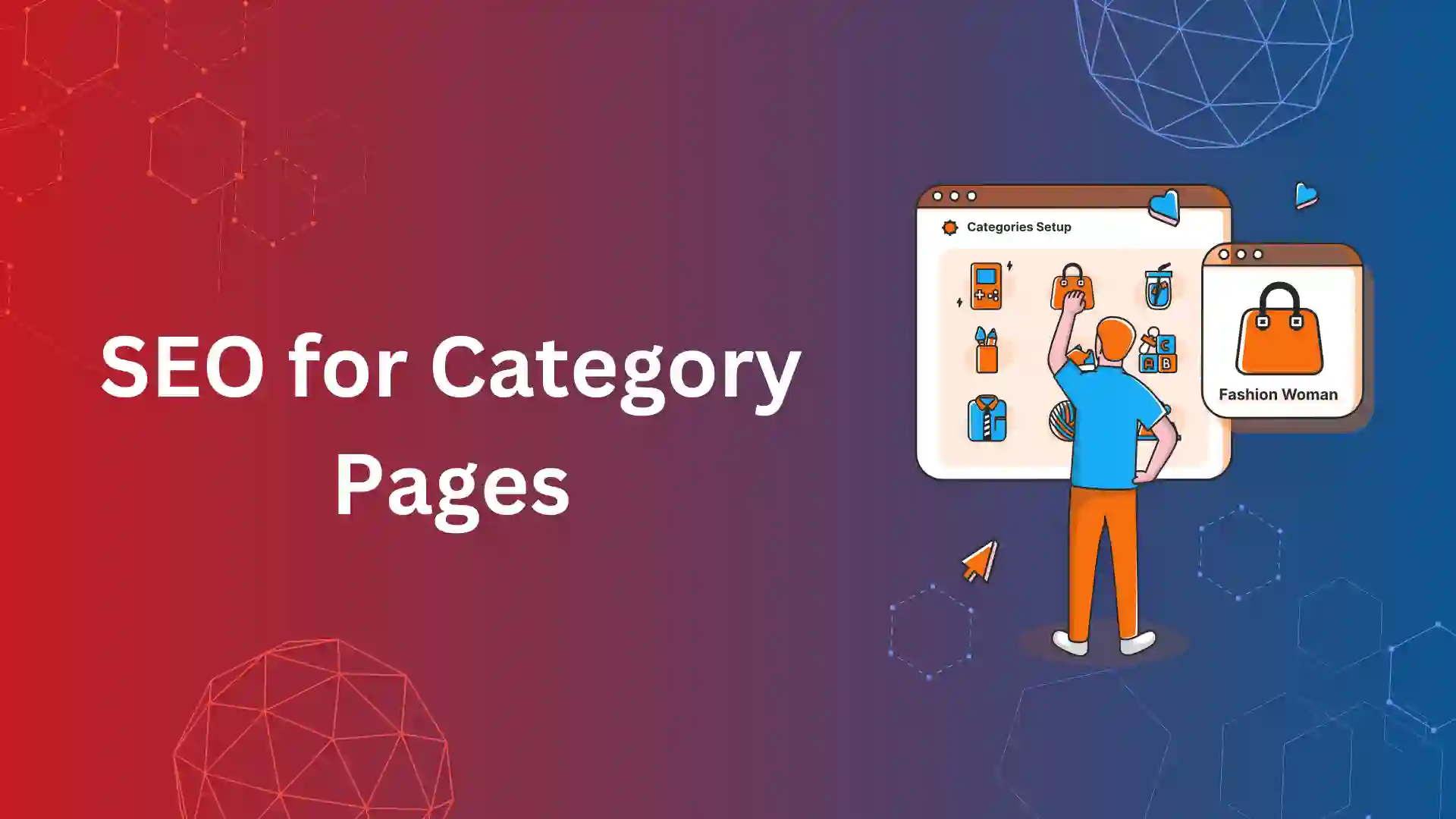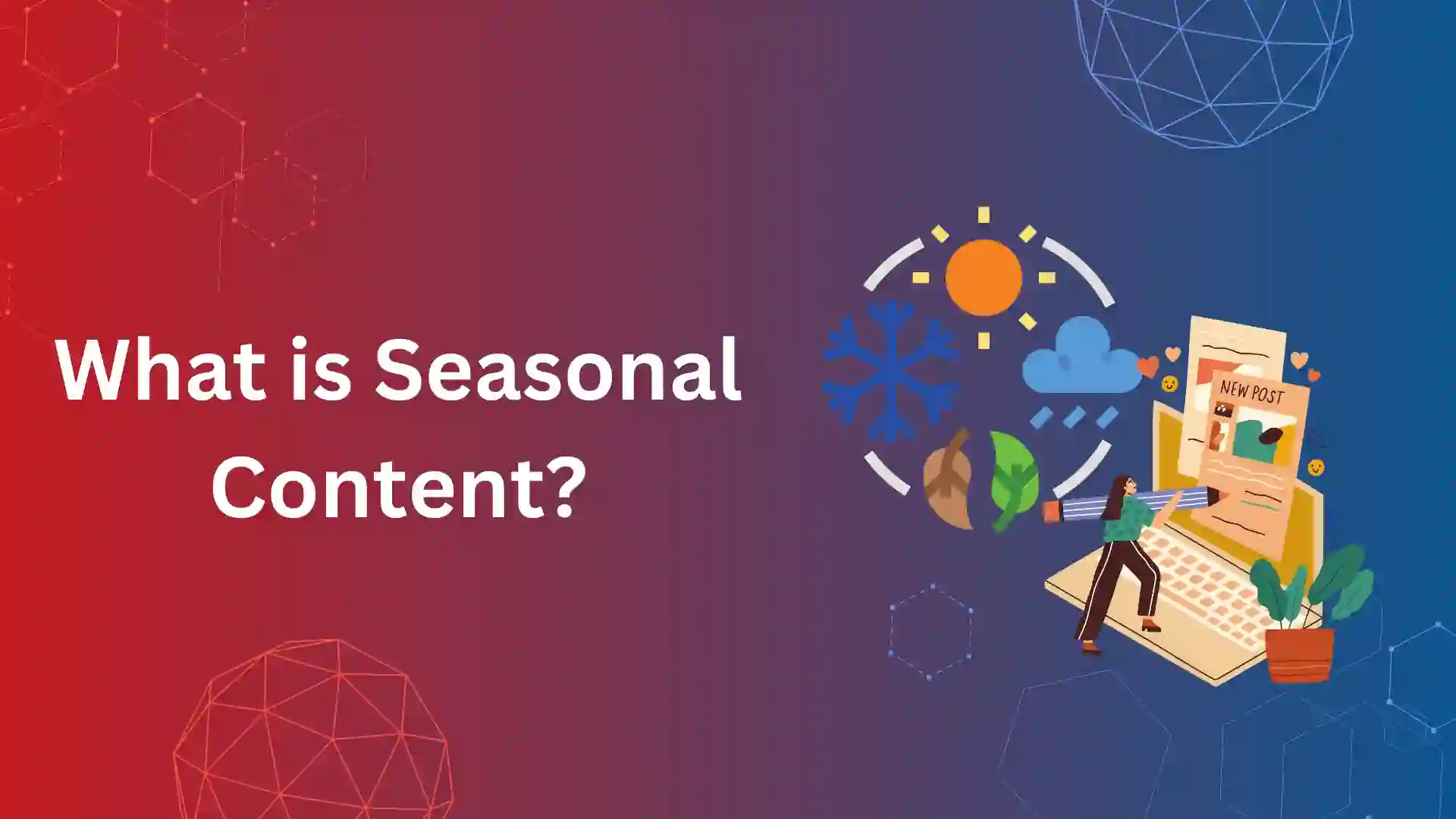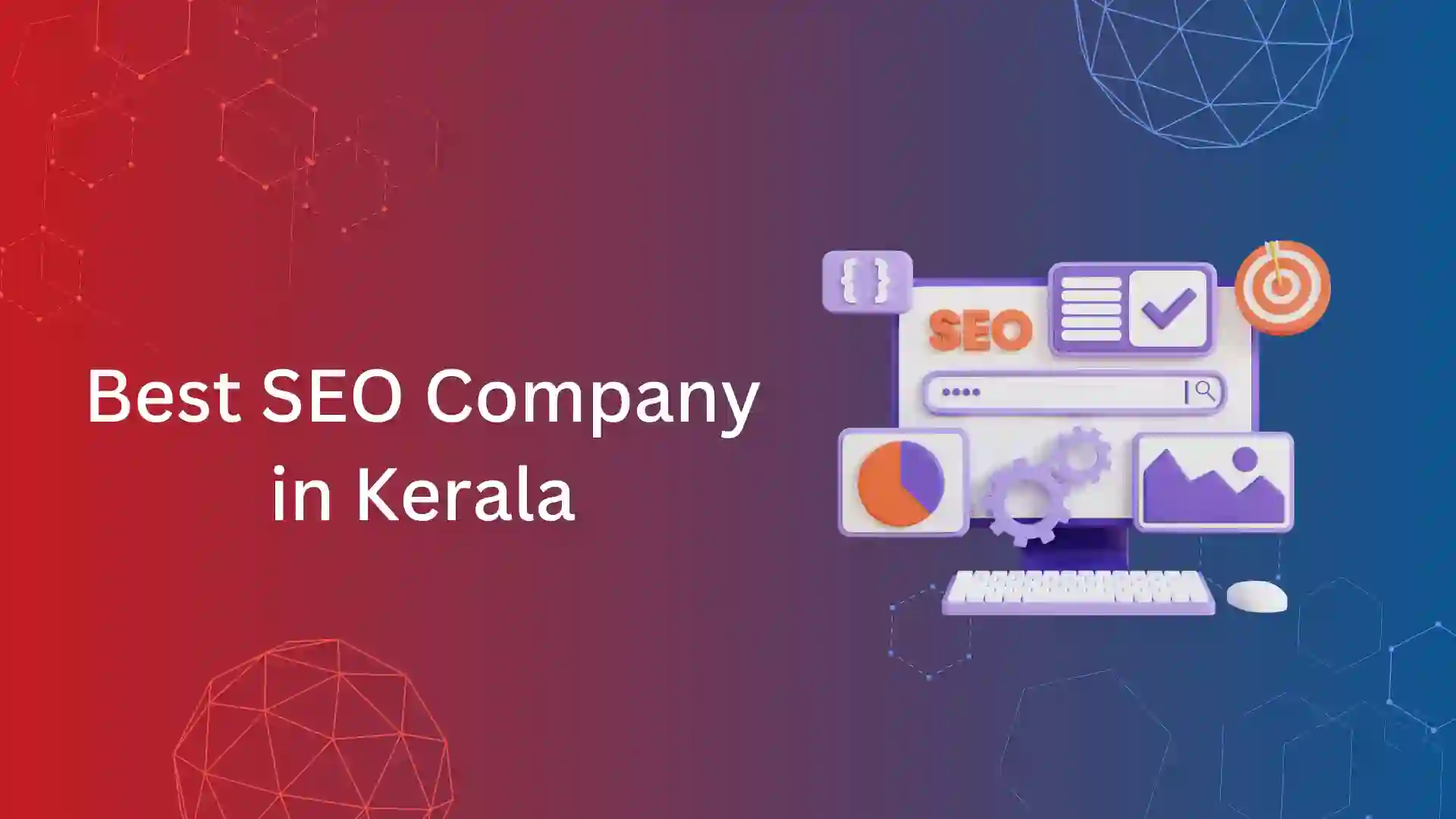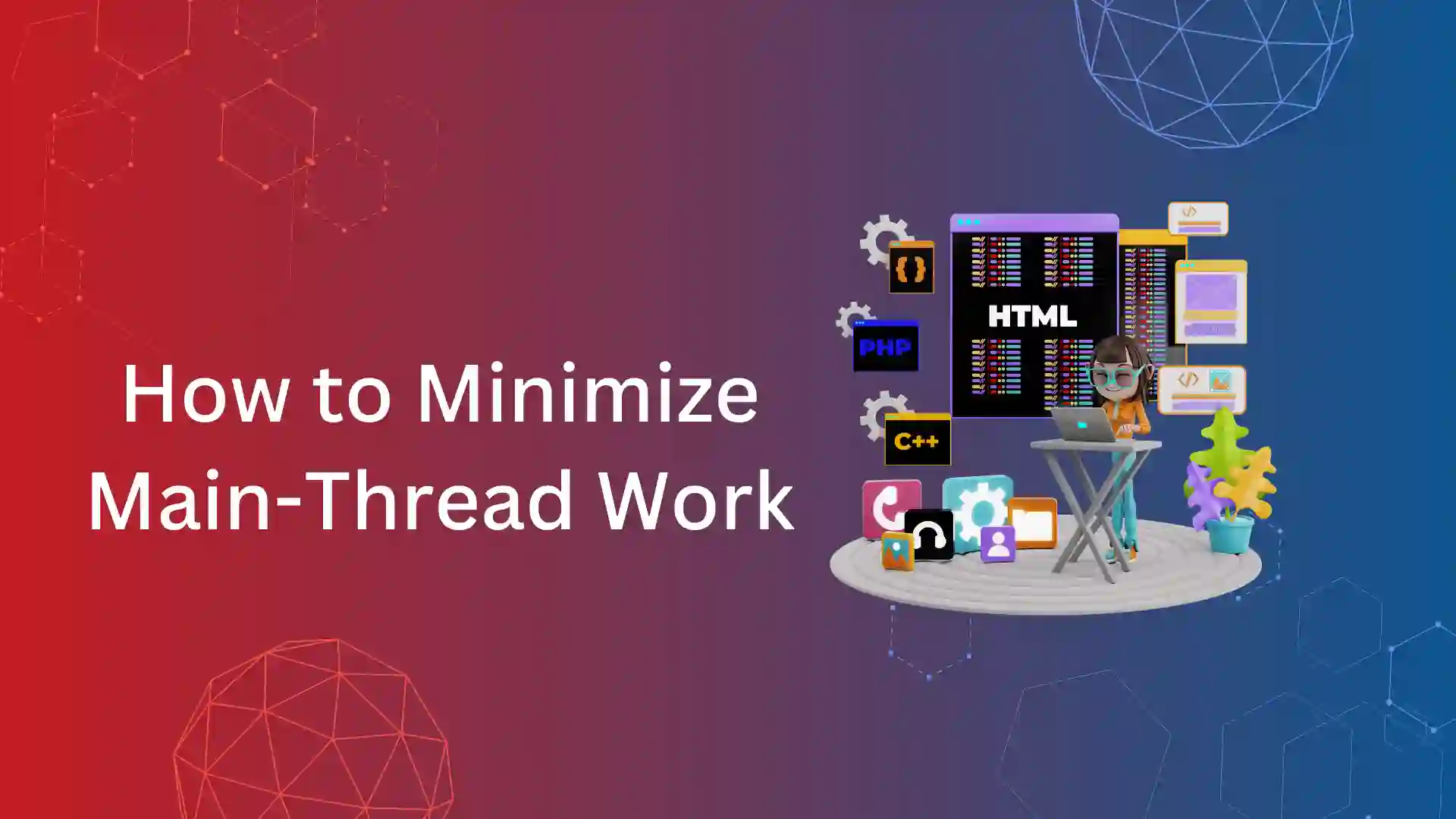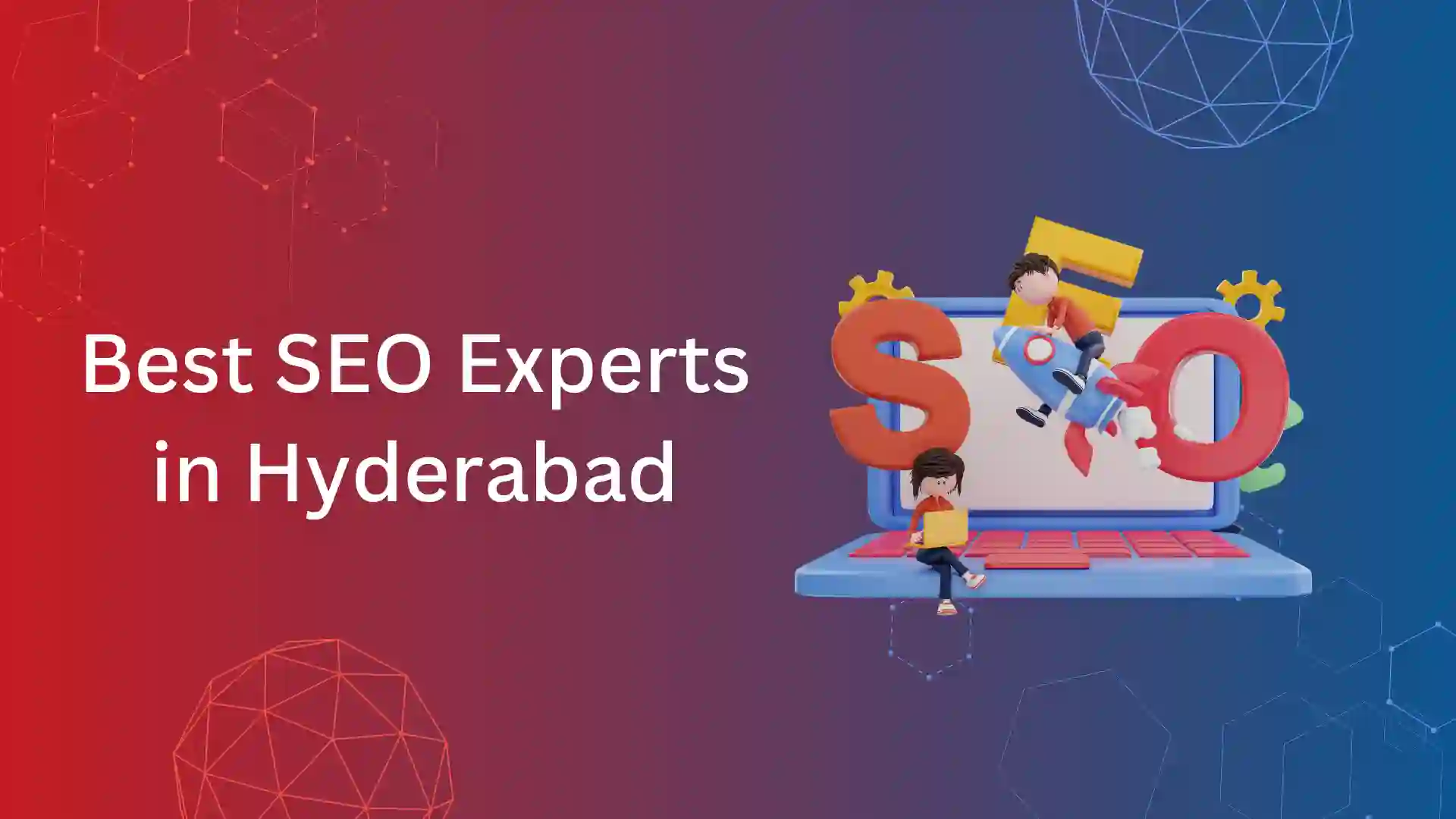Every business that tends to promote in the digital medium invests in SEO services. On Page SEO, also known as On-Site SEO, is a vital part and should be practiced with set rules and guidelines.
This article will break down all the descriptive steps that 7 Eagles follow every day. On Page SEO doesn’t only deal with keywords placed in the Title tag or Meta Description, as the fundamentals and the ranking factors are advanced.
Search Engines always try to provide the best information for their users from the internet. Therefore, search engines like Google align themselves with about 4000-5000 algorithm changes every year.
Few might be noticeable, as they share open platforms like town hall meetings Google Liason’s Twitter handle.
Search engines only look for content that has complete information and matches the user’s intent. As SE ranks web pages with content that follows EAT (Expertise, Authority, Trustworthy).
What Is On Page SEO?
On Page SEO is optimizing your website and web pages with content, keywords, HTML tags, source codes, and multimedia to appear on the 1st page of the search engine for the relevant query.
On Page SEO elements are as follows:
- Competitor analysis
- Keyword research
- Site architecture
- Content writing
- Content optimization
- Working on multimedia
- Internal linking
- Linking with relevant external sources
- Optimizing for Featured Snippets
Similarly, our On-Page SEO Services and on-page audit starts with Intent-based keyword research (that helps in conversion), keyword cannibalization, duplicate content, duplicate tags, and internal linking structures.
As the above parameters hold a massive impact on search engine ranking. Prior to understanding the basics of on page optimization, you should be clear with how search engines work.
Why Is On Page SEO Important?
On Page SEO is essential as it is entirely in our control. It holds the primary step of SEO practices like keyword research and content optimization.
“Tons of backlinks is futile if your web pages have low content. Tons of content is still futile if they don’t have high search volume or intent keywords.”
So, the basic SEO should start with keyword research, writing content, optimizing the content for matching user intent. This package covers complete (360 Degree) on page SEO.
Following this, your website should be technically strong (Crawl Accessibility and better User experience). 7 Eagles suggests sharing equal importance for both on page SEO and technical SEO.
Finally it is promoting web pages by social shares, Press Release (PR), and other link-building strategies.
On Page SEO Guide - A Step by Step Approach
As we mentioned initially, on page SEO factors start with competitor analysis to optimize web pages for featured snippets. Let us crack every step in detail.
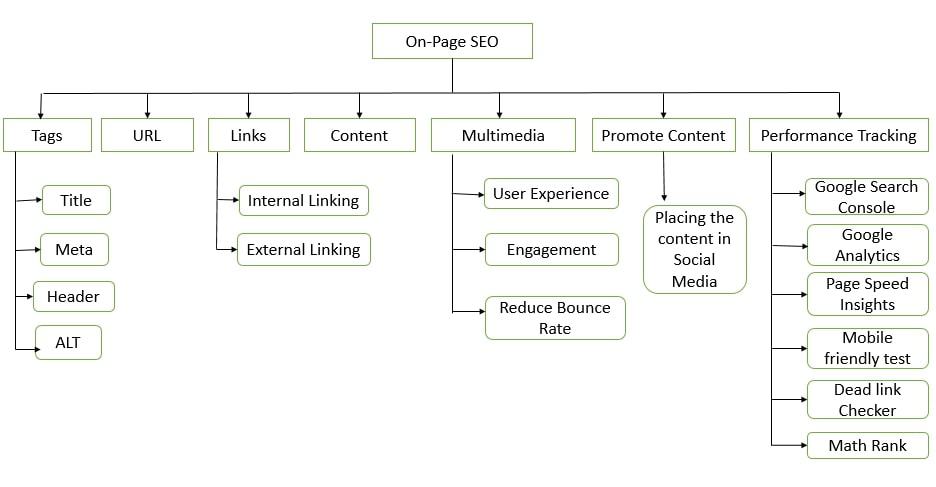
Competitor Analysis:
Every part of SEO needs to understand what the competition does? Why do these websites rank on the 1st page of the SERP (Search Engine Results Page) for the keywords you focus on?
Is the content ranking them? Are the keywords in HTML tags ranking? Are backlinks keeping the rent on the 1st page? Or does the website loading speed and user experience boost the search engine ranking?
A proper competitor analysis makes you prepare a case study on your competitor’s SEO practice. For example, if you focus on ranking for the keyword “What is a Mutual Fund?” and the United States target country.
Use professional tools like SEMrush and Ahrefs to get the SERP features of the first page. As per SEO, your competitors get organic visibility on the 1st page of SERP for the target keyword.
Field-level competitions may be different from SEO competitors. Yet the web pages that rank on the first page are the top-level competition for SEO practice or service. The other nine pages of the search engine are the secondary competitors.
These competitors give you a fair idea of why they get placed in the first, second, third positions, etc. Is the content or the topical authority that makes competitors rank in the first position?
The reasons can be as follows:
- Expertise in niche
- Quality backlinks
- Relevance of webpages against user intent
- The freshness of the content
- Page loading speed and Core Web Vitals
- Mobile-friendliness
The professional SEO tools give you more ideas on the content gap, backlinks (Referring Domains) gap, etc. So, the competitor analysis is the fundamental step to look at when it comes to on page SEO best practices.
Keyword Research:
The second step in the on page SEO process is researching the keywords with the help of “seed keywords.” These are keywords chosen based on the understanding of the business or competitor analysis.
Keyword Research helps you understand the various keyphrases end users search for to reach your business. As you’re aware, the intent of the webpage and keywords should match to rank in the search engine.
The intents are basically of six types:
- Informational
- Commercial
- Transactional
- Navigational
- Location-based
- Specific intent
Any website builds transactional pages for conversions like lead generation (form submission), website purchase, contact, or taking any action. These conversions are the revenue gateway for the business. But, these transactional keywords will be of super hard keyword difficulty.
So, it takes time for transactional intent pages to rank in SERP. To become Expertise as per EAT algorithm, you should focus on more informational keywords. More information content around a transactional page builds topical authority.
These informational keywords provide expert solutions for the people who critically need an answer. The user can convert as a client/customer in mere future.
7 Eagles way of keyword research services are focused on researching:
- Intent-based keywords
- Keyword research using a competitor
- Keyword research by location
- Working on related keywords from “Seed Keyword”
- Google autosuggestion keywords
- Insights from google search console
- Answer the public
- People also ask for
- Question from forums like Quora, Question Hub, etc.
We specialize in finding the long-tail keywords (transactional and informational) that rank faster. These long-tail keywords generally hold a low competition with ample search volume opportunities.
If needed, you can avail our holistic keyword research services to discover the keywords that can work and invade organic traffic.
Site Architecture:
When we do an SEO Audit, often we get an error “Website has Orphan Pages.” That means there are no incoming internal links from any other website pages.
The same issue contributes to another error in coverage “Crawled – currently not indexed” or “Discovered – currently not Indexed.” These issues are propagated only because of improper site architecture planning.
Site Architecture is the process of planning (mind mapping) your website’s structural hierarchy and navigations like menu, category, sub-category, and internal links.
This planning helps your organic users and search engines to identify new and non-indexed URLs to index them.
Here are a few advantages: why 7 Eagles on-page SEO service focuses on Site Architecture.
- It helps search engines crawl all your web pages effectively. Also, it reduces crawl budget wastage.
- It helps index all web pages and resolves the issues listed at the beginning of the section.
- Deeper navigation on any chosen topic makes users spend more time on the website, increasing dwell time and scroll depth.
- It distributes link juice and page rank across all the web pages and increases the authority.
- It increases topical authority by creating a solid silo structure across related topics.
- It makes it easier to find products or services from any information page to start conversion.
SEO Content Writing:
Both marketing and SEO are nothing without content. Quality content can streamline or mislead a reader. But, how to write quality content?
The content should be more relevant to the search query. It should meet the intent and resolve searchers with all the information they need. So, you should plan and research the content by understanding the audience’s persona.
In terms of SEO, we generally say 10x content strategy. Perhaps, but how to write them? Again by competitor analysis.
As we mentioned earlier, the competitors are those who rank on the first page of SERP for any query.
To get the competitor detail, use premium tools like Ahrefs and SEMrush and get the 10 web pages (URL) that fill the 1st page of the search engine.
Once you get the web pages to target for content, you should start analyzing the below features:
- Number of words on the webpages
- Number of Internal Links
- Write down the Anchor text used
- What are the multimedia used, and how many?
- Title Tag
- Meta Description
- What are the secondary-focused keywords?
- Header Tags (H1, H2, H3, H4)
- FAQ (frequently asked questions)
Once you are ready with the details, the next step is forming a content structure.
Why do you need a content structure? How does it help? Content structure is like a hierarchy that breaks down the length of the content. They broke into highlighting headings (H2, H3, H4, H4). It increases the readability of the content in a better way.
Content structure helps a content writer to focus clearly on what to write under which section. This structure helps in avoiding flappy content. Post this, try to write all the content present over the web pages that rank on the 1st page of SERP. This method is what a 10x Content Strategy means.
Lastly, you can add details that your competitors’ web pages miss or that you believe can add value to your readers. Don’t miss out on FAQ (frequently asked question) in your content, as it can rank as featured snippets.
Get access to our SEO Content Writing Services to get the 10x content that Google loves to rank.
Best Content Writing Practices
- Understand your audience’s persona
- Work towards meeting the intent of the key phrases
- Exhibit 10x strategy from competitors
- Always try to give better content than your competitor
- Prepare a content structure
- Add FAQ (Frequently asked questions) that you’re target audience searches
- Always keep your web page with fresh content
- Keep the keywords within the first 10% of the content
- Work on synonyms of keyphrases instead of keyword stuffing
- Attach multimedia as much as needed
- Check spelling and grammar
- Always link to the reference pages with high authority. Also, interlink with relevant pages
- Write title, header, and description that get maximum CTR
- Track the performance of the web page
Factors to avoid for SEO Content:
Search engines penalize or de-index the web pages with content having the following aspects.
- Keyword cannibalization
- Thin content
- Duplicate content
- Cloaking
- Keyword stuffing
- Auto-generated content
You can read more on the other Content Quality Guidelines from Google Webmaster rules on advanced SEO
Keyword Cannibalization
- This is one of the lousy SEO signals that leads your web pages away from the SERP’s organic visibility.
- When two or more web pages on a website focus on or target the same intent or key phrase is termed keyword cannibalization.
- In this situation, search engines like Google crumble to choose the best page in ranking for the query. It doesn’t promote any of the pages with the same intent.
- You can use professional SEO tools like SEMrush and Ahrefs to find keyword cannibalization.
- Rectify the issue as soon as possible to promote the worthy content organically.
Thin Content:
- Any web page with less than 600 words is termed thin content.
- Before 2011, the search engine only checked the keyword placements in Title, Meta Description, and URL, making the web pages rank. Search engines didn’t care about quality content.
- In 2011, the Google search engine introduced the Panda algorithm. It checks every page on the website and penalizes the web pages with thin content.
- Web pages with more than 2000+ words get higher chances to rank in SERP.
Duplicate Content:
- Search engines always love to index and promote unique content. It de-index or penalizes the web pages with high plagiarism.
- Duplicate content is when your web pages have copied text from external web pages. Scraped content is not the same thing as duplicate content.
- When a web page has copied content from other web pages of the same website is called scrapped content. Search engines, unlike both duplicate content and scraped content.
- Yet, scrapped content with canonical tags allows search engines to pick the original content from the internal web pages. Thereby, it doesn’t penalize both the web pages.
- The canonical tag is represented by “rel=canonical tag” followed by the URL of the original web page.
- This case of scrapping content happens in the following condition. In contrast, you have the same business that targets various locations. You will have separate web pages for different places, but most of the content will be similar. So, use the canonical tag for better ranking.
Cloaking Content:
- Presenting different content to users or search engines is known as “cloaking.”.
- In Google’s Webmaster Guidelines, cloaking is considered a violation because it may provide users with unexpected results.
Some examples of cloaking are:
- Provide search engines with HTML text while displaying images to users.
- Text or keywords on a page are only visible to search engines while bots crawl, which are not visible to human users.
Keyword Stuffing:
- When a keyword is repeated multiple times in the webpage or higher than the recommended limit, the practice is keyword stuffing.
- Post the Hummingbird algorithm update, search engines have started understanding the user intent of the query and matching the content accordingly.
- Before the Hummingbird update, the web pages with the higher number of keywords too ranked in SERP.
- The recommended time of keyword appearance is 0.5% to 2% of the total content.
- As search engines now try to understand the meaning of the query and the phrases, you can work on related keyphrases.
- Never bold the focus keywords in the content.
Auto-Generated Contents:
- It is another form of low-quality content that is generated by programs.
- The intent of such auto-generated content is only to rank with keywords.
- This programmatic content won’t understand user intent or fulfills the user’s query.
- Google Webmaster guidelines are entirely against such practices.
Here are a few types of content categorized under auto-generated:
- Text that only contains keywords and doesn’t provide any value to the reader.
- The content that is translated with tools without any curation by humans.
- Text generated by automated means, such as Markov chains.
- Automated synonymizing or obfuscation of text.
- Scraped or rewritten text from Atom/RSS feeds.
- Combining content from different websites without adding enough value.
On Page Optimization:
The optimization of website and web pages starts with the following:
- HTML Tags
- URL
- Alt Text
- Internal and External links
- Relevant Multi Media
- Keywords in Content
- Optimizing Content for Featured Snippets
HTML Tags:
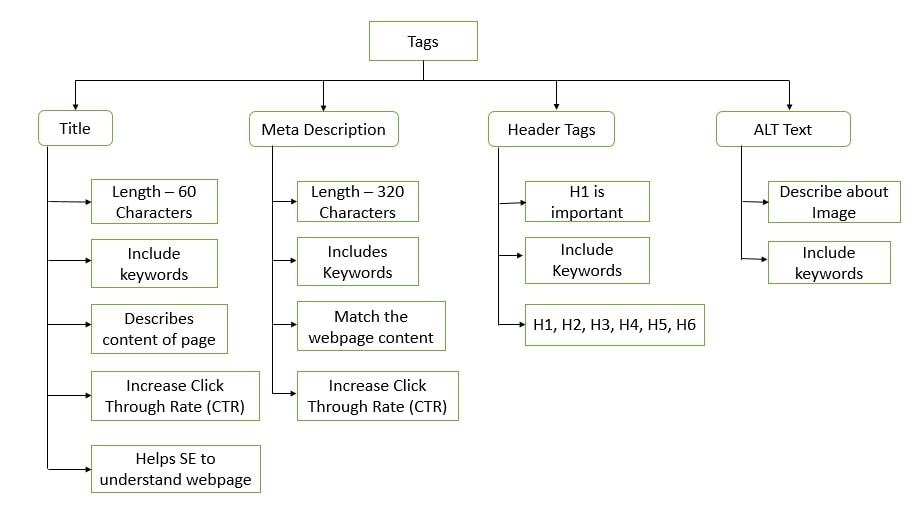
HTML Tags play an essential On-page SEO factor for making search engines on the keyword of the webpage. Usually, users are presented with text, images, videos, etc. But, search engines are presented with HTML, JavaScript, and CSS files.
HTML code can describe the content in a structured format on the website. These tags make search engines understand the intent of the content.
Every website contains HTML tags like
- Title Tag
- Meta Description
- Headers tags (H1, H2, H3, H4, H5, H6)
- ALT text Tag
- Canonical URL
Title Tag:
- It is an important HTML tag that is read by search engines initially to understand what the web page is about.
- Usually, the Title tag of any web page gets featured in SERP while ranking. In Jan 2022, the Google search engine started rewriting the Title tags.
- These changes were effective by Google, as many web pages don’t follow the protocol of fewer than 60 characters or 580 pixels.
- Title tags help understand the page’s intent and get a high CTR (Click Through Rate).
- Title Tag must contain keywords, and it helps the searchers and creates trust that they will be able to get the information they are looking for, and it also helps with rankings in search engines.
- The title tag with the brand name promotes brand awareness and creates a higher click-through rate.
- You can open a website through any desktop, laptop, mobile, or tablet device. If you follow this character limit, it can display the full title tag same across all devices.
Meta Description:
- A meta description is an important HTML tag that describes the overview of the webpage with the intent.
- It also contains a character limit of 120 – 156 or pixels less than 920.
- Post the Passage indexing update; the Google search engine promotes the most relevant text from the content body rather than from meta description if it doesn’t provide the exact intent of the query.
- Meta Description can be presented with keywords. But, the critical parameter is that the intent should match the user’s query.
- A meta description is visible in SERP across devices, and it helps in better CTR if you provide enchanting copywrites.
Header Tags:
- Header tags are another HTML tag that is the core of search engine ranking. Header tags are usually H1, H2, H3, H4, H5, and H6. The tags other than H1 are known as sub-heading.
- Header 1 (H1) is another essential tag for any web page, as it forms the hierarchy and content structure of the page.
- A search engine like Google replaces the title tag with H1 Tags in SERP in many cases.
- This will create an interaction between the users, and they will get precisely the information they are looking for.
Alt Text:
- This tag describes the image and explains what the image is supposed to represent. The search engines can only read and understand any image by the Alt text HTML tag.
- Alt Text also helps the images to rank organically on the image result page and is a crucial factor of image SEO.
- Image Alt Text can present keywords or phrases that match the intent of the keyword.
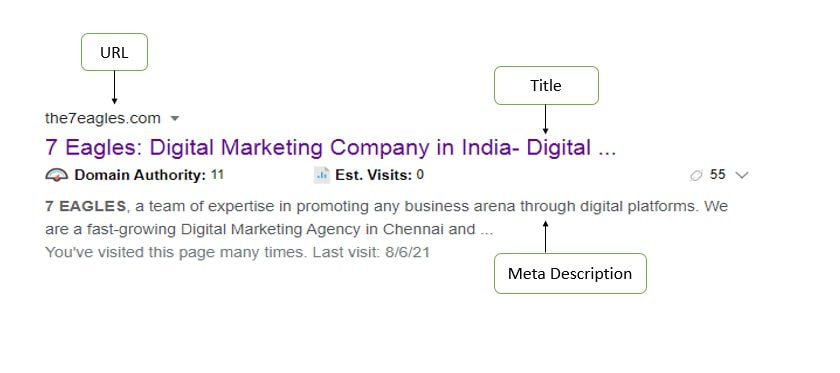
URL:
- URL (Uniform Resource Locator) holds the pathway for any web page.
- URL consists of the following:
- Protocol
- Domain
- Subdomain
- Top-Level Domain (TLD)
- Category or Sub Directory
- Slug or Path
- It is an excellent practice to have the primary keyword in the slug of the URL, as search engine core algorithms look at that.
- Yet, be careful that you don’t exceed 75 characters. So, keep the URLs short and crisp with the focused phrase.
- The only special character that search engine like in Slug of the URL is the hyphen (-). Separate every single word by a hyphen
- Avoid case-sensitive URLs. Using the .htaccess file, you can change the uppercase URLs to lowercase.
- While working with subdirectories or subfolders in the URL, keep them short, so they won’t consume more characters.
- A date-based URL indicates that the content is time-sensitive. News websites may be appropriate for such URLs.
- Ask yourself if the URL looks natural from the user’s point of view.
- It is recommended not to change the existing URL. A chance exists for the search engines to start from the dot, as it’s a new URL.
- If you still need to change the URL, provide the 301 commands to redirect the existing URL to the new URL permanently.
- According to Google, all sites must use secure protocols.
- The ‘S’ in HTTPS stands for “Secure.” SSL (Secure Socket Layer) certificates are necessary to encrypt or make data private and secure when it passes between a Webserver and a browser.
- HTTPS is one of the Vital factors investigated under the google page experience update that happened in August 2021 for Mobile and January 2022 for Desktop.
Internal Linking and External Linking
Links are useful for navigating users from one web page to the other. This navigation can happen from a button click, image click, banner click, and text click. The clickable text is known as a hyperlink or contextual link.
Contextual links are prime factors in ranking in search engines like Google and Bing. These clickable links help pass link juice from one page to another when done internally, and that’s where the internal linking strategy is one of the focused on-page SEO best practices.
When you link any URL that belongs to your website is known as Internal linking or Internal link building. In contrast, external linking is when you link to the URL of any external website.
These links are made to navigate the user to any page where a user would require some additional information about the text or take any action (Conversions or Leads).
The text on which you insert the link is known as Anchor text. This anchor text provides the key idea of what the linked URL is all about.
External links are not a part of the ranking factor, yet search engines like Google love a website when linking external websites with high authority and relevant sites.
It would help if you understood the following things to avoid while engaging towards linking external webpages to your website.
- Never involve in a link scheme.
- Never link spammy sites
- It’s better to tag under “nofollow” if you aren’t aware of the spam level of the external webpage.
- If you promote affiliate links, don’t forget to tag them under the “nofollow Sponsored” tag.
- Don’t insert a link to anchor text that is irrelevant to external or internal web page content.
- Avoid Link exchange or Reciprocal Links.
Optimizing For Featured Snippet:
Featured Snippets, termed Zeroth position in SERP (Search Engine Results Page), appear above the organic results and below paid result.
It is important to optimize your web page content to appear on featured snippets.
Here are a few parameters by which you can rank your content in zeroth position.
- Answer all the possible questions on a particular topic question.
- Organize your content and target by providing facts for every content.
- Make sure the content answers the intent of the seed keyword of the article. For example, if the seed keyword is “LinkedIn Marketing,” you should optimize for both “LinkedIn Marketing” and “What is LinkedIn marketing.”
- Organize your questions properly.
- Make sure to use images that are most appealing and share the desired intent of the article.
- If your website is e-commerce, use the values like price, offers, stock, inventory number, SKU codes, etc.
Conclusion
- On page SEO is the process of optimizing the website elements like HTML tags, multimedia, and internal and external linking.
- This process from competitor analysis, keyword research, site architecture, on page SEO component optimization, linking relevant resources, content optimization, and featured snippets.
- Get our On Page SEO checklist for performing the practice as per webmaster guidelines.

